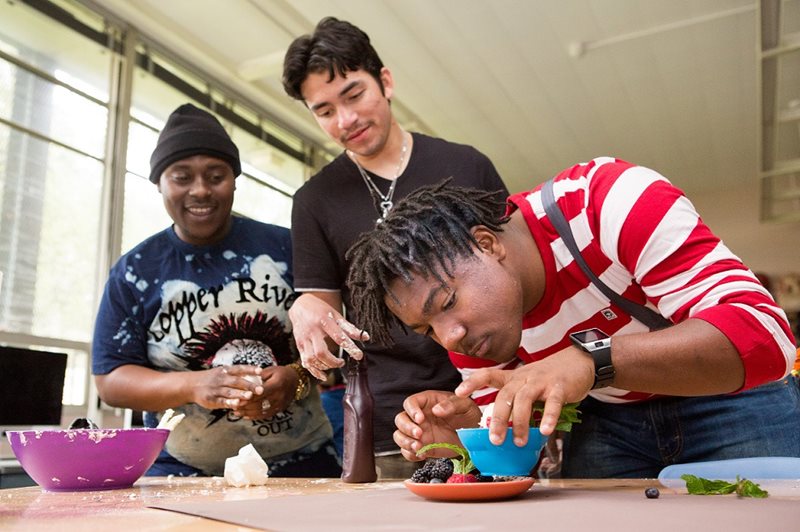Social-Emotional Learning: A Top Post-Pandemic Educational Priority
NMSI |
July 2, 2021
Despite strenuous efforts by educators to help students continue to learn in challenging circumstances, the pandemic took a toll on many students. Higher rates of anxiety, depression, and stress have been an issue for students of all ages, resulting in an enormous increase (24 to 31 percent) in emergency room visits due to a mental health crisis. There is little doubt that mental health plays an essential role in learning.
When campuses were closed due to Covid-19, students experienced loneliness, fear, upheaval and grief. Some lost loved ones, others saw their parents lose their jobs and their families descended into poverty. Nearly all students experienced some level of depression from being apart from their friends and missing important milestones like proms, graduations and being on campus as college freshmen. Even those students who thrived with distance learning endured periods of frustration and sadness.

Returning to the Classroom
As the pandemic eases and students begin returning to the classroom, many educators are bracing for an onslaught of mental health conditions that, for some students, may take years to overcome.
The truth is, no one knows what to expect. There may be mention of the “new normal,” but no one knows what that is or how it will look. But what is known is that everyone—students, teachers, parents—have a lot to process, pushing social-emotional skills to the forefront due to its direct impact on learning.
What is Social-Emotional Learning (SEL)?
The Collaborative for Academic, Social, and Emotional Learning (CASEL), which founded and laid the foundation for comprehensive and coordinated SEL programming in schools in 1967, offers this definition of SEL: “how children and adults learn to understand and manage emotions, set goals, show empathy for others, establish positive relationships and make responsible decisions."
Hundreds of studies demonstrate the link between SEL and academic success. In other words, how can students focus on learning when they’re worried that their family will become homeless because their parents have lost their jobs, or they’ve experienced death due to COVID and fear of becoming sick? Supporting students emotionally by creating a safe space for them to talk through their concerns and apprehensions is integral to teaching and learning.
SEL Boosted by The American Rescue Plan (ARP ESSER)
The American Rescue Plan Elementary and Secondary School Emergency Fund (ARP ESSER) provides a significant investment in K-12 education, including students’ social, emotional and academic needs, especially the disproportionate impact of COVID-19 on underrepresented students subgroups. The package provides a total of nearly $122 billion to states and school districts. Districts have the discretion to use the funds to address learning loss and focus on students’ social and emotional needs.
The National Math and Science Initiative offers two programs, Laying the Foundation and the College Readiness Program, which include embedded training for teachers to address social-emotional issues.
Invite SEL Into Your Classroom
The pandemic and its aftermath have provided an opportunity to do something transformative. We can help students reach their full potential by elevating our attention to emotional intelligence and no longer viewing it as optional. Working with NMSI will enable you to develop a comprehensive plan that includes SEL and build a learning environment that helps all students thrive throughout the year.